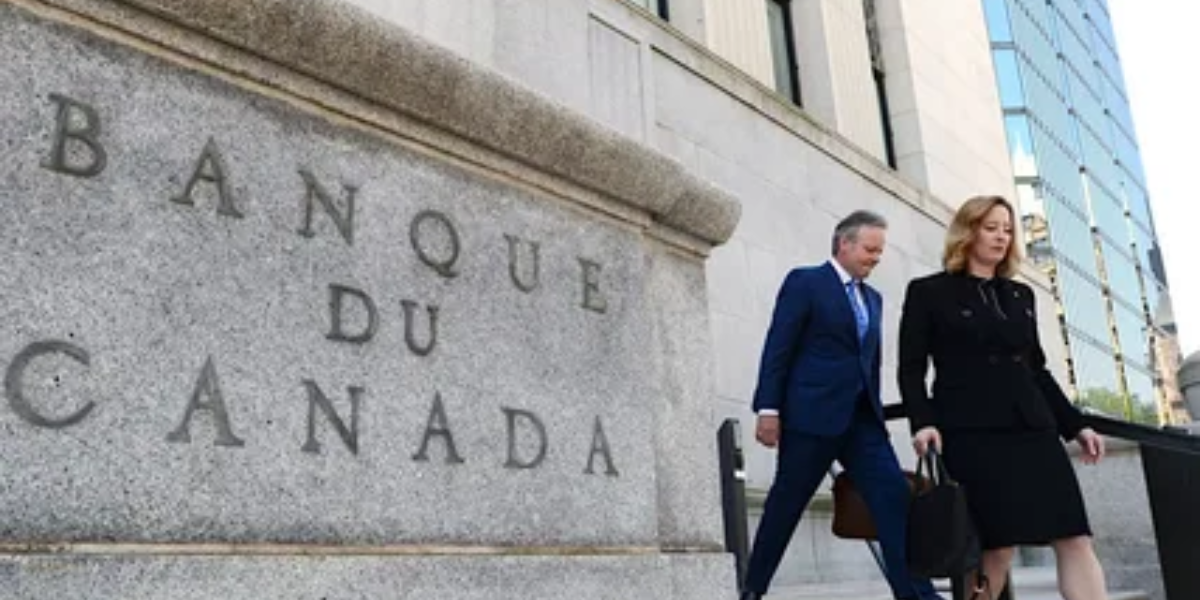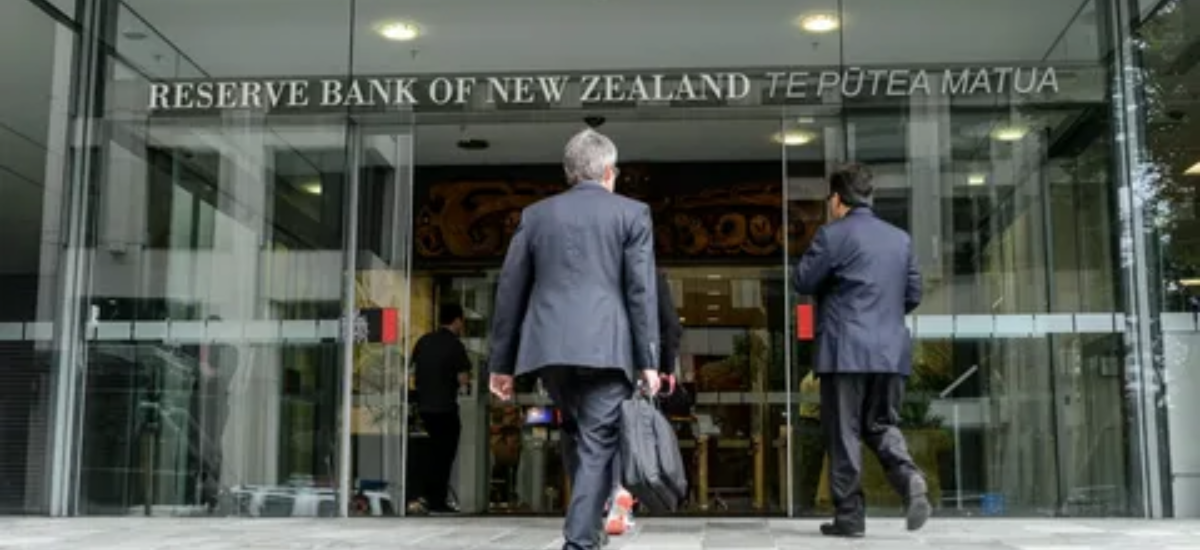The Bank of Canada’s Recent Rate Hike

The Bank of Canada has recently made headlines with its decision to raise interest rates. This move has sparked speculation and discussions about the future direction of monetary policy and its implications for the economy. In this article, we will delve into the intricacies of the recent rate hike, its significance, and what it could mean for Canadians.
Understanding the Bank of Canada
Before we dive into the details of the rate hike, it’s crucial to understand the role of the Bank of Canada. As Canada’s central bank, it is responsible for formulating monetary policy to achieve the country’s economic goals, primarily targeting inflation.
What is a Rate Hike?

A rate hike refers to an increase in the benchmark interest rate set by the central bank. In the case of the Bank of Canada, this benchmark rate is known as the overnight rate. When the overnight rate goes up, borrowing becomes more expensive, influencing spending and investment decisions across the economy.
Reasons Behind the Recent Rate Hike
The decision to raise interest rates is typically driven by economic indicators and inflationary pressures. In the case of the recent rate hike by the Bank of Canada, several factors may have contributed, including robust economic growth, low unemployment, and concerns about inflation exceeding target levels.
Impact on Borrowers and Savers

The effects of a rate hike are felt by both borrowers and savers. Borrowers, such as homeowners with variable-rate mortgages or businesses with loans, may see an increase in their borrowing costs. On the other hand, savers may benefit from higher returns on savings accounts and other interest-bearing investments.
Economic Implications of Rate Hikes
Rate hikes can have far-reaching implications for the broader economy. They can influence consumer spending, business investment, and inflationary pressures. Additionally, higher interest rates may impact currency exchange rates and international trade dynamics.
Market Reaction to Rate Hikes

Financial markets often react swiftly to changes in interest rates. Equity markets, bond yields, and currency markets may experience volatility as investors reassess their investment strategies in response to shifting monetary policy.
Historical Context of Rate Hikes by the Bank of Canada
Understanding the historical context of rate hikes provides valuable insights into the central bank’s approach to monetary policy over time. Examining past rate hike cycles can offer clues about potential future actions and their impact on the economy.
Is Another Rate Hike Imminent?

One question on the minds of many Canadians is whether another rate hike is on the horizon. While the central bank’s decisions are data-dependent and subject to change, analysts closely monitor economic indicators and policymakers’ statements for signals about future monetary policy actions.
Factors Influencing Future Rate Decisions
Several factors may influence the Bank of Canada’s future rate decisions. These include the trajectory of economic growth, inflationary pressures, employment trends, and external factors such as global economic conditions and geopolitical events.
Potential Effects on Different Sectors

Rate hikes can have varied effects on different sectors of the economy. While some industries may benefit from higher interest rates, others, such as housing and consumer spending, could experience challenges. Understanding these sectoral dynamics is crucial for businesses and policymakers alike.
Strategies for Individuals and Businesses
In a changing interest rate environment, individuals and businesses may need to adjust their financial strategies accordingly. This could involve refinancing debt, reassessing investment portfolios, or exploring alternative financing options to mitigate the impact of higher borrowing costs.Navigating the Changing Landscape of Monetary Policy
As the Bank of Canada delivers another rate hike, Canadians are left to navigate the evolving landscape of monetary policy and its implications for the economy. By understanding the reasons behind rate hikes, their impact on various sectors, and potential strategies for adaptation, individuals and businesses can better position themselves to thrive in an environment of changing interest rates.
Click here for more visited Posts!





